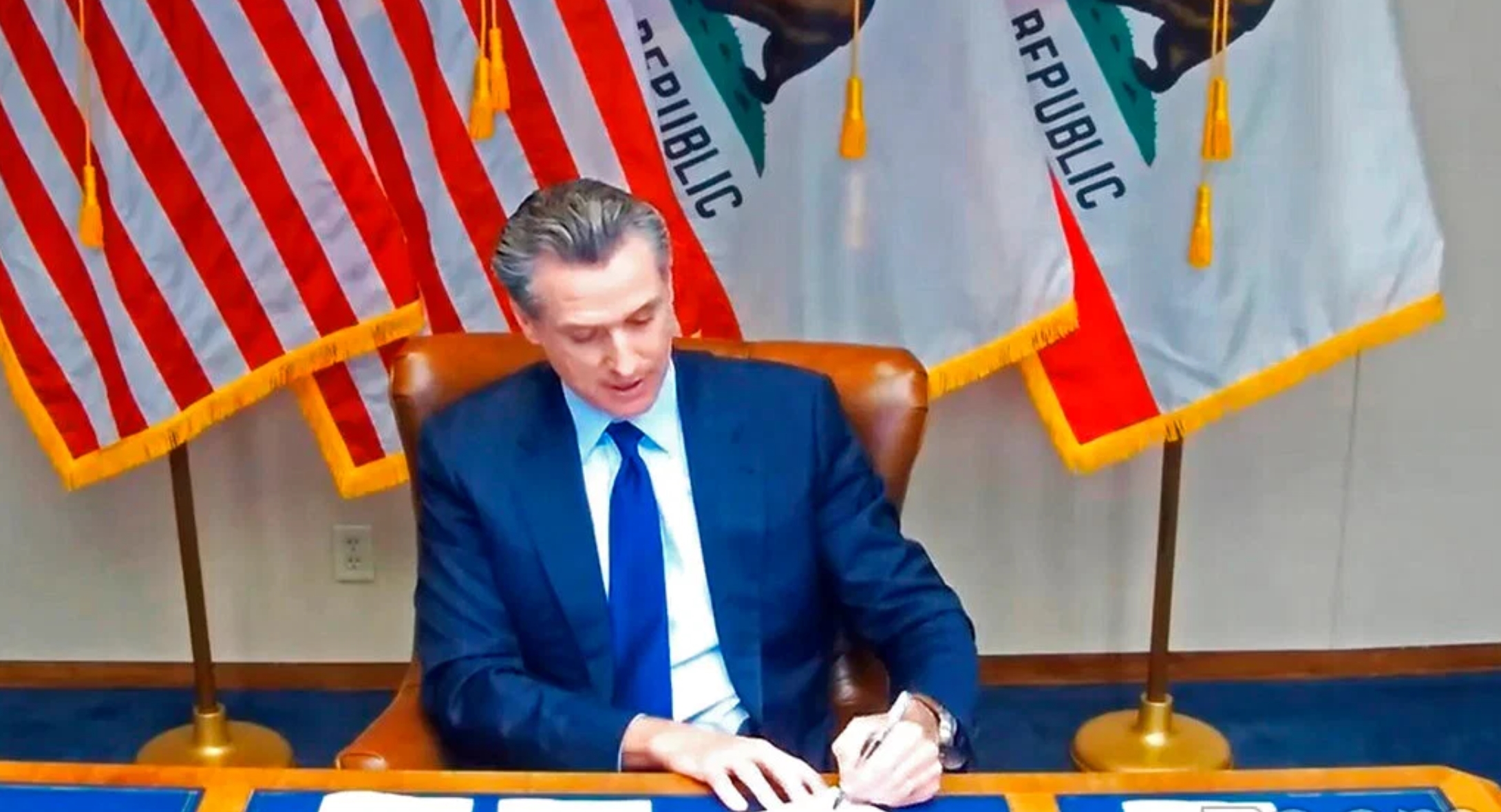
The Legislative Bill Room, California State Capitol. (Photo: ca.gov)
Does the Governor Have 12 or 30 Days to Act on Bills?
Each bill passed by the Legislature must be presented to the Governor
By Chris Micheli, January 5, 2022 3:09 pm
A commonly-misunderstood item in the California legislative process is determining whether the Governor has 12 days to take action on a bill, or 30 days. The general rule is that the Governor has 12 days to act, once a bill reaches the Governor’s Desk. However, for those bills sent to the Governor’s Desk at the very end of each yearly legislative session, the 30-day review period applies.
The first misconception is that the Governor always has 30 days to act on legislation sent to him or her. The Governor actually has 12 days to act on a measure sent to his or her desk. However, at the end of the yearly session, bills passed after a specified date and in receipt by the Governor after adjournment can be acted upon by the Governor within 30 days of the Legislature’s adjournment (i.e., not 30 days after the bill is received by the Governor’s office).
The second misconception is that the Governor must act on a bill within either 12 days or 30 days after the Legislature passes a bill. There is confusion about when the clock starts running to trigger the 12-day or 30-day review period. It begins when the bill has been delivered to the Governor, not when the Legislature passes the bill. After passage by the Legislature, a bill must still go through the engrossing and enrolling processes before the bill is actually sent to the Governor. Once the Governor receives the bill (i.e., it has been delivered), then the clock begins running.
The Governor’s final actions on bills passed by the Legislature (sign, veto, or allow a bill to become law without his or her signature) are described in California’s Constitution, in Article IV, Section 10.
First, each bill passed by the Legislature must be presented to the Governor. In other words, just because both houses of the Legislature passed a bill does not mean the legislative process is completed.
Second, a bill becomes a statute if it is signed by the Governor.
Third, the Governor may veto a bill by returning the bill with any objections to the house of origin (AB is returns to the Assembly and SB is returned to the Senate). Thereafter, that house must enter the Governor’s objections to the bill in the Assembly Journal or Senate Journal. Even though this section says the house “shall proceed to reconsider it,” the Legislature has discretion whether they want to take up a veto override for a vote.
Fourth, if each house then passes the bill by rollcall vote entered in the journal, two-thirds of the membership concurring, the earlier-vetoed bill becomes a statute.
Fifth, any bill (with one exception) passed by the Legislature prior to adjournment for a joint recess (which occurs in the first year of the session, or the odd-numbered year) and in the Governor’s possession, becomes a statute if the bill was not returned to the house of origin within 30 days.
Sixth, any bill (with no exceptions) passed by the Legislature prior to September 1 in the even-numbered year and in the possession of the Governor on or after September 1, becomes a statute if the bill was not returned to the house of origin by September 30.
Seventh, any other bill presented to the Governor that is not returned within 12 days becomes a statute. If the 12th day is a Saturday, Sunday, or holiday, then the period is extended to the next day that is not one of those three days.
Eighth, the Legislature may not present any bill to the Governor after November 15 of the second calendar year of the legislative session.
- Petitions and Responses in Arbitration - December 29, 2025
- Wage Garnishment in California - December 29, 2025
- Adoption of Unmarried Minors - December 28, 2025





Gov. Newsom and the deep state Democrat cabal that controls the legislature don’t bother following the California Constitution when it doesn’t suit them?
Amen to that!